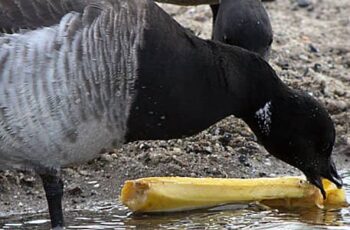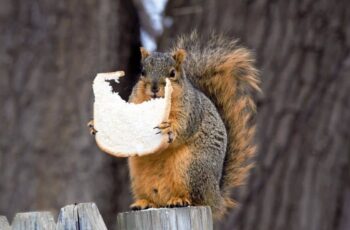If you’ve ever traveled in mountainous regions, you’ll have seen birds flying in a circle. Seeing birds’ magnificent circular patterns for the first time can be a phenomenal experience. But why do birds fly in circles? Is there any logic behind? Let’s find this out.
It’s quite amazing, really. Birds can synchronize their flying and coordinate with each other to make sure they don’t crash into each other even though they’re right next to each other. This behaviour is a wonder of nature.
It’s quite common to see birds flying in circles in high altitude regions. While you can see it happening in cities and urban areas too, it isn’t as common there. We’re going to be explaining why this happens and much more in this article.
The Short Answer…
Depending on the type, bird may fly in circle for searching for food such as chia seeds, confusing predator, attracting other birds, to stay warm and where to orient. More importantly, birds may also fly in circle for saving energy and flying with little effort using thermal. In simple words, birds uses the thermal air pushing birds higher and in circle without having birds to fly.
There are many birds which fly in circle and most fly for one of those reasons. However, some of birds which fly in circle are owls, eagles, hawks, vultures, pigeons, starlings, doves and some more.
There are several possible explanations depending on what time of the year it is, what type of bird we’re looking at, and what area you saw the birds in. The bird or flock could be searching for a thermal or food such as watermelon running away from predator, or trying to attract more birds of its species.
Unless you’re a bird enthusiast or an avid reader of environmental journals, you probably don’t know what thermals are. So we’ll start with explaining what it is and why it’s important. Then we’ll move on to all the other possible explanations for why birds tend to fly in circles, both alone and in groups. Let’s get started.
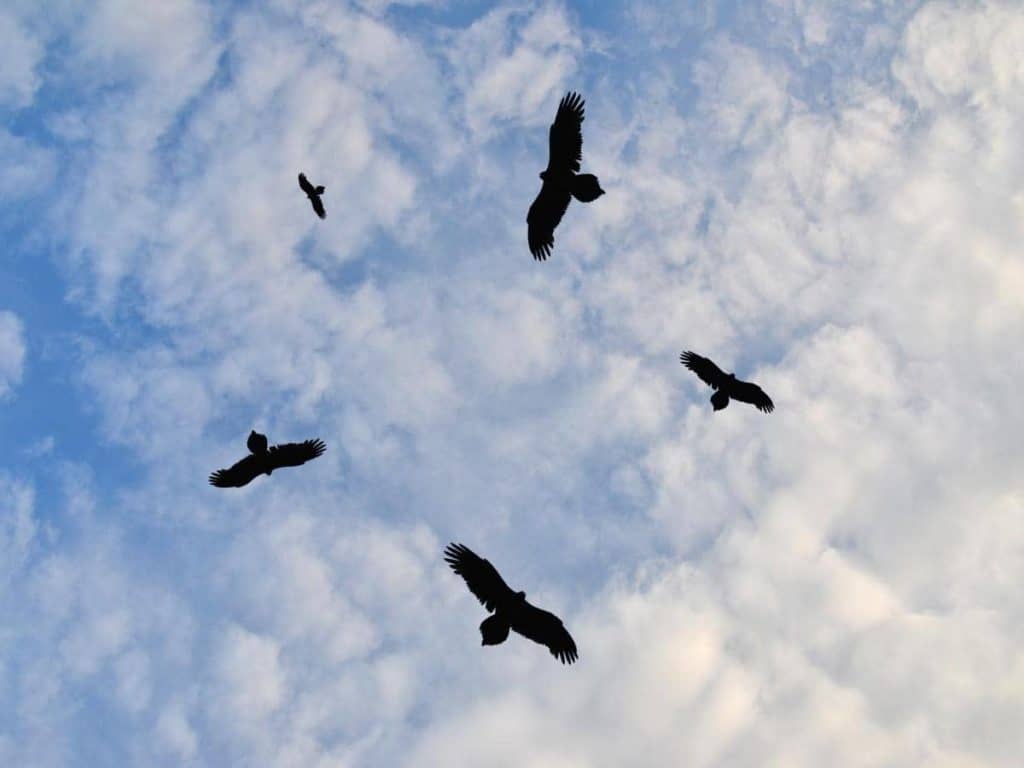
What Is A Thermal & What Does It Has To Do With Birds?
Thermals are important in this discussion because sometimes, birds fly in circles to look for them.
Put simply, thermals are columns of rising warm air. They form when air near the surface of the Earth is heated. Since warm air is less dense than cool air, it rises and cool air comes to the ground. This movement creates an updraft of the warmer air. It moves upwards until the air cools down, at which point, the column of air comes back down again.
This happens a lot in mountainous and hilly areas because the sun heats one portion of air before the other. As such, there are a lot of rising columns of warm air and birds fly in circles to look for them.
When air moves upwards, it gives birds an extra push. They can go to higher altitude without having to put in a lot of effort because the warm air does it for them. As such, when birds have to go high up or travel long distances, they try to ride a thermal updraft and save energy.
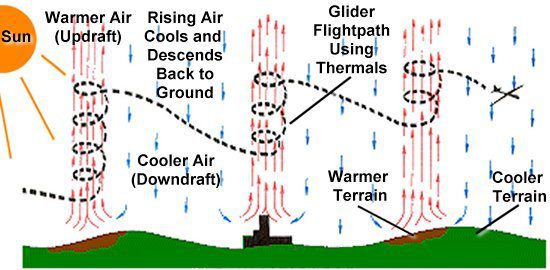
It’s important to note that since this process requires heating from the sun, thermals occur from early morning to mid afternoon. So if you saw birds flying in circles during night time, it is highly unlikely that they were looking for thermals.
There are two types of thermals: columnar and bubble. Both are formed under the same theoretical framework but there are some differences.
Columnar thermals form on the ground and consists of a continuous column of rising air that moves upward into the sky.
Bubble thermals also form at the ground but eventually separate to form an independent bubble of rising warm air. They rise into the sky because of decreasing atmospheric pressure and eventually break apart once the pressure differential increases too much.
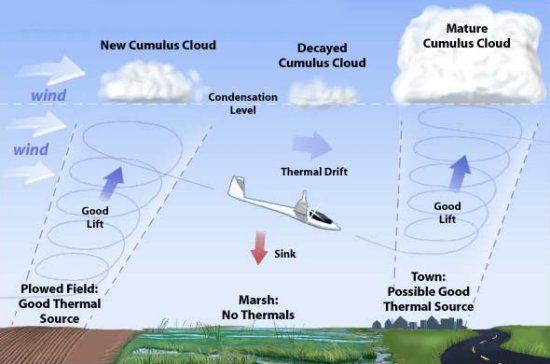
Spotting A Thermal
You can spot a thermal in two different ways. First, if you see debris like leaves or dust being pulled upwards, it is likely that there is a columnar thermal in the area. It looks like a dust devil.
Second, you can identify a thermal with by paying close attention to the clouds. The cooling air inside a thermal causes water vapour to condense into a cloud. So if you see a growing cumulus cloud, there is a good chance there’s a thermal present.
Now that you know what a thermal is, let’s get into the different reasons why a bird might fly in a circle.
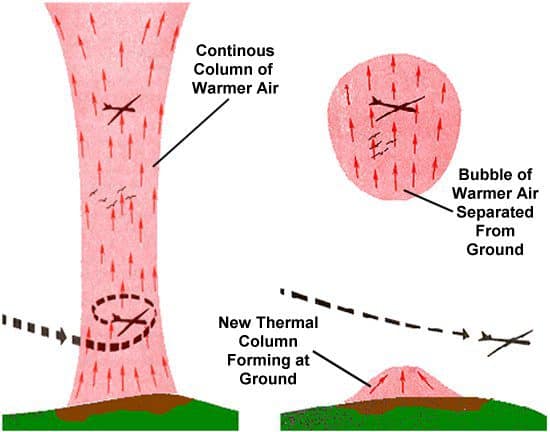
Why Do Birds Fly In Circles Together
There are many reasons why birds fly in a circle. However, it is fairly easy to figure out which one fits a certain situation if you have enough information about the flock in question and its patterns.
How Do Birds Use Thermal?
One of the most common reasons why birds fly in circles is to look for thermals.
Birds fly to look for food such as cranberries, shelter, etc. It is their form of transport. However, it requires a lot of effort and energy and can be quite draining. Flying in a thermal can significantly reduce the amount of energy required for flight by providing a helping hand. This is why most birds flying in circles are looking for thermals. They simply want to be able to gain altitude without using too much energy.
You’ll see migratory birds in particular flying in circles because they have to make long-distance flights over mountains. And you already know that thermals are common in high altitude hilly regions. That means migratory birds flys very far using thermal areas and reaching their target place.
Large birds also use thermals a lot. Even if they aren’t flying with other birds, they’ll move around in circles in search of thermals so they can conserve energy.
It can take a lot of energy for large birds to flap their wings. An updraft can take them very high will minimal effort so they are often seen looking for one.
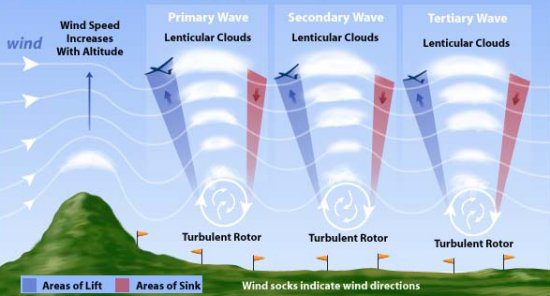
Searching For Food
Similar to why birds suddenly appear, birds of prey like vultures fly in circles at high altitudes to look for food. Their diet is very specific and trying to find food can be difficult. Having a high vantage point is great for them because then they can scan a large area for food really quickly.
For example, vultures spots a food or potential food through smell. As vultures feed on scavenges on carrion, they hover and fly in circles for minutes or even hours in some case to ensure the prey has died and isn’t alive yet.
When the prey isn’t moving for a good amount of time that means its dead and now vultures stop flying in circles, land and start feeding on it. Ensuring the prey isn’t alive and attack. If the prey is alive, it can attack and kill the bird.
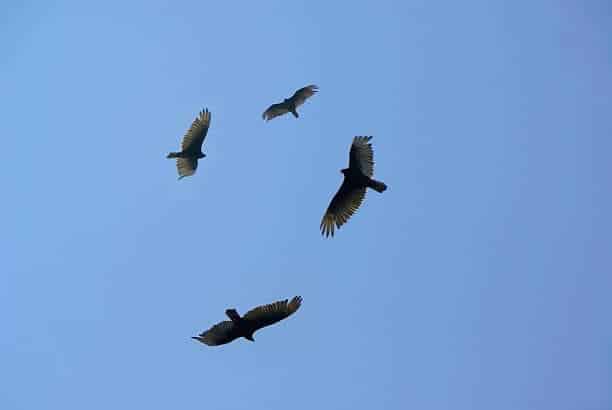
But that isn’t the only threat. Birds may also check the surroundings making sure its safe and no other predator is around especially larger predators. Like if there’s a prey and vultures would like to feed on it, there are probably some other predators which are also after that. In this case, if birds land without considering other predators, they may become food for other predators. Consdering all these, birds fly in circle for a while ensuring they are completely safe to land and feed.
Moreover, since they can see a large area, they can also keep an eye on other predatory birds. If someone else finds nourishment, they can share that food with them. It’s a shared behaviour which means that there are several vultures flying in circles at a height so they can all see each other.
Confusing Predators
Similar to geese which fly in V shape, another reason why birds fly in circles is that this behavior can protect them from attack. Small birds are often other animals’ prey. As such, they are in danger if they fly alone. So flocks of small birds like pigeons fly in circles to confuse predators. You may have seen birds chasing each other when they are after one or if you have seen dogs chasing cat or squirrels, that’s a great example of what it looks like to do with predators.
There are two reasons why this works. First, there are a large number of birds so predators are hesitant in attacking. It makes more sense for them to try and grab a lone bird instead.
Second, flying in a group can confuse predators into thinking they are a handful of bigger birds instead of many small birds from a distance. Since larger birds also fly in circles, it is a reasonable assumption. Sterlings often use this technique. Here’s how.
Despite predator chases and attacks one, birds like starlings when they are in large group flying in circle, they happen to confuse and escape from predator without being caught. It’s easy to doge predators when there are lots of the same bird and also flying in circle very fast and with thermal.
Orientating for Navigation
In the land, animals stop when they deciding where to go, but what do birds do when they are in the sky? Well. You guessed right. They fly in circle to orientate and decide where to go. Easily enough, they can also land and sit on ground or tree and plan their next move and they do it. However, occasionally birds fly in circles orientation for navigation.
Attracting Other Birds
Some birds gather before migrating. Flying in circles can attract other birds from the same species to their flock so they can set out together. Sterlings, hawks, and vultures show this behavior.
Birds fly in groups when migrating because it provides them with adaptive benefits. Additionally, they can conserve body heat and have many eyes looking for food such as cucumber.
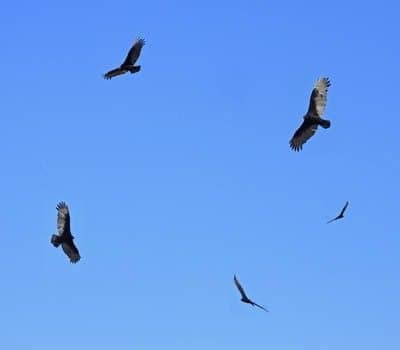
To Stay Warm
Temperatures can drop to below freezing point in many parts of the world during the winter months. Even in areas where the temperature doesn’t drop this low, it can get super cold. Birds don’t have a lot of ways to keep themselves warm in such situations so they resort to close bodily contact to share heat and stay cozy.
You’ll notice that birds are very close to each other when they are flying in a circle. In this situation, this behavior has nothing to do with the circular motion and everything to do with this proximity.
Birds like starlings stick with their flock during the months between October and March so they can stay warm.
Which Birds Fly in Circles?
There are many birds which fly in circles. Some uses to confuse predator while other uses it to find food such as cheese but which birds do fly in circles? Well, predator birds that fly in circles are hawks, vultures, owls, eagles, starlings. However, birds that are prey fly in circles such as pigeons, doves, crows, pelicans, cranes and a few more.

Conclusion
Whether you’re a dedicated bird watcher, just happened to come across birds flying in a circle or like collecting information about birds, we have answers for you. Birds fly in circles for many reasons, one of the most common among them is searching for thermals.
If you see birds flying in circles, there is a good chance, they’re looking for an updraft of warm air. They could be doing this to go to a higher altitude and scan the region for food, to escape predators, to travel a long distance while migrating, or simply for the sake of saving energy.
In case these don’t hold true, it is possible that a bird might be flying in circles to look for food. Vultures use this method to scan the region around them for potential prey. Other birds like starlings tend to fly in circles to confuse predators and stay safe.
Migratory birds fly in circles to attract birds of the same species and invite them to their flock so they can all travel together. Flying in large groups can help keep birds warm which is another reason why you might see birds flying in circles.
As you can see, there are several explanations. Use your understanding of the context around each one to figure out which situation applies to the birds you saw.

